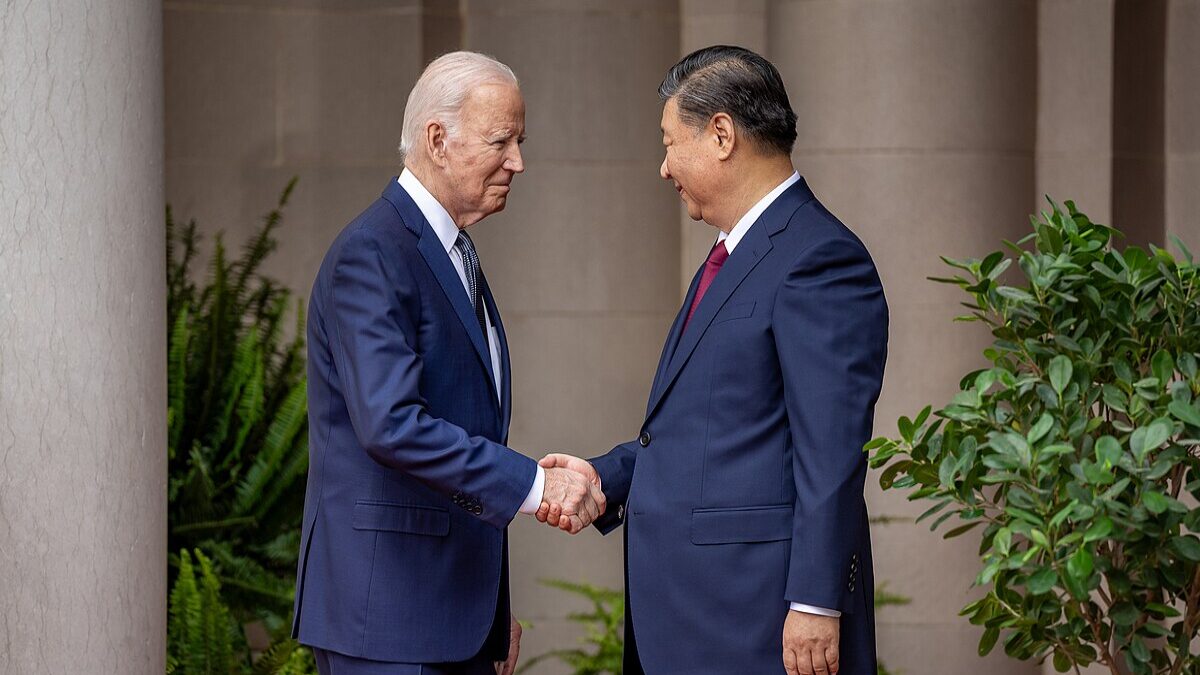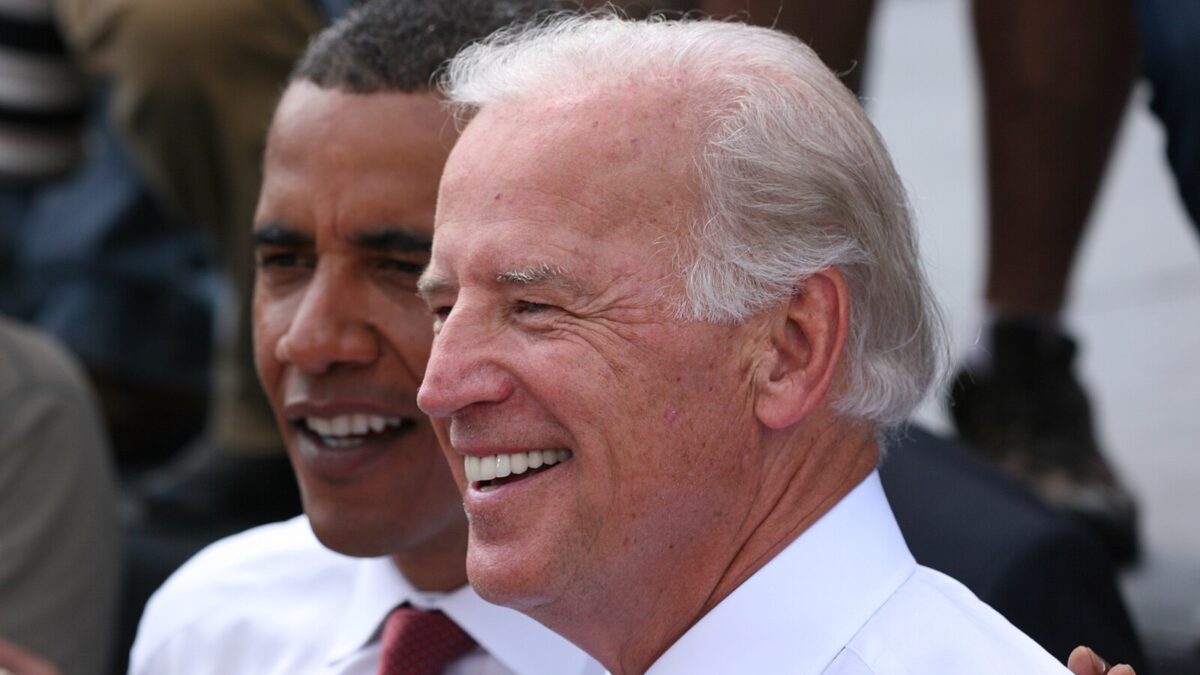A pair of Navy Seals drowned during a Jan. 11 raid off the Somalian coast in which U.S. forces intercepted Iranian-made weapons bound for Houthi terrorists.
The U.S. military declared the two Seals dead following a 10-day search that covered 21,000 square miles. Their names were released Monday after the families were notified. Nathan Gage Ingram and Christopher J. Chambers are the latest American casualties in Middle East warfare, three years after the disastrous Afghanistan withdrawal that included the deaths of 13 service members. The U.S. military says 2,402 American soldiers died and 20,713 have been wounded in the U.S. war in Afghanistan.
Ingram and Chambers were reportedly part of a mission to block illicit Iranian weapons shipments to the Houthi terrorist group threatening global trade routes with attacks on commercial ships from Yemen.
“The mission came as the interdiction of weapons to Yemen takes on new urgency,” the Associated Press reported. “The Yemen-based Houthis have been conducting a campaign of missile and drone attacks against commercial and Navy ships in the Red Sea and Gulf of Aden over Israel’s war on Hamas in the Gaza Strip. And U.S. retaliatory strikes have so far not deterred their assaults.”
The U.S. military began launching air strikes on the rebels Jan. 12. President Joe Biden said these were conducted “in direct response to unprecedented Houthi attacks against international maritime vessels in the Red Sea.”
The escalating turmoil in the Middle East is the direct consequence of a disastrous White House foreign policy of appeasing Tehran. In February 2021, soon after President Biden took office, the State Department delisted the Houthis as a Foreign Terrorist Organization (FTO) and as Specially Designated Global Terrorists (SDGT). The Trump administration had listed them just one month prior.
“Delisting the Houthi only encouraged their Iran-sponsored terrorist violence against Saudi Arabia and UAE, with almost no response from the United States,” wrote Victoria Coates, national security and foreign policy analyst at the conservative Heritage Foundation. “Now the Houthi have cast themselves as brothers to Hamas, their fellow Iranian proxy terrorists.”
In other words, the Biden administration has emboldened the Houthis. “Terrorist designations are not messaging devices,” Coates explained. “[T]hey involve a serious interagency process with significant consequences for the groups on the lists.”
Last fall, Iranian proxy forces unleashed a new wave of attacks on American bases. Those included dozens of strikes on U.S. service members since the Israeli-Hamas war erupted in October. According to Voice of America in November, “Iranian-backed proxies have attacked U.S. forces in Iraq and Syria at least 150 times since President Joe Biden took office.”
The world looked a lot different four years ago. For one, Russia wasn’t engaged in a war against Ukraine, threatening to plunge the world into a third global conflict, and the Middle East was entering an era of relative peace. In fact, the Trump administration was facilitating historic peace deals with Arab nations throughout the region.
In September 2020, then-President Donald Trump brokered peace between Israel, the United Arab Emirates, Bahrain, Sudan, and Morocco, all “without a single bullet fired,” noted Abraham Hamadeh and Bryan E. Leib.
[READ: Three Years Later, Trump Deserves A Nobel Peace Prize For The Abraham Accords]
Americans will likely see a once-in-a-century election this November between two presidents seeking a second term. The last time a former president returned as a major party nominee was in 1892, when Grover Cleveland became the first and only president to serve two non-consecutive terms.









